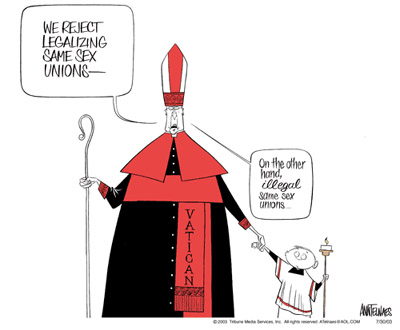"Nevertheless, regardless of whether the fine-tuning costitutes an appearence of desighn or not, it does constitute a legitimate and scientific problem, for the following reason. If the truth is that the constants of nature are not fine-tuned to produce life after all, because most slight vatiations in them do still permit life and intelligence to evolve somehow, though in dramatically different types of environment, then this would be an unexplained regularity in nature and hence a problem for scientists to adress.
If the laws of physics are fine-tuned, as they seem to be, then there are two possibilities; either those laws are the only ones to be instantiated in reality [as universes] or there are other regions of reality - parallel universes*- with different laws. In the former case, we must expect there to be an explanation of why the laws are as they are. It would either refer to the existence of life or not. If it did, that would take us back to Paley's problem: it would mean the laws had the 'appearence of design' for creating life, but had not evolved. Or the explanation would not refer to the existence of life, in which case it would leave unexplained why, if the laws are as they are for non-life related reasons, they are fine tuned to create life.
[* These are not the 'Parallel Universes' of the quantum multiverse - those universes all obey the same laws of physics and are in constsant slight interaction with each other. They are also much less speculative]"
nb I think Paley's problem is something about walking down a path and finding a beautifull pocket watch and then saying that to think the universe is here without 'a Creator' is the same as to think the pocket watch could have randomly assembled itself. I'll check this out and edit if I'm wrong.
Edit: Yes - Paley's argument appears to be in support of a teleological situation where the very appearance of design is logically enough in itself to imply the existence of a designer [..or something



